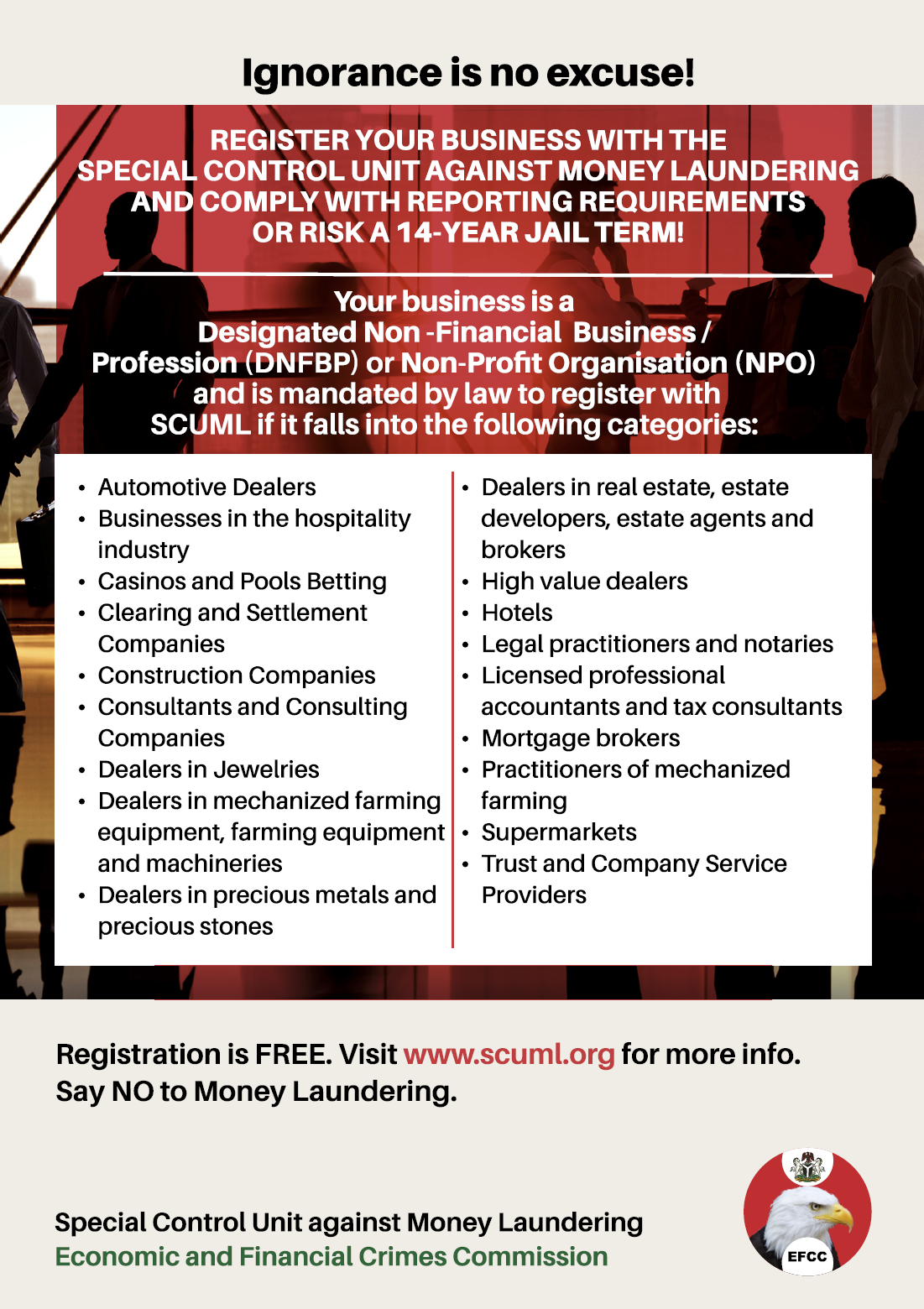2017 earnings: What to expect from conglomerates

Conglomerates have since lost the normal advantage of diversified operations that enable them maintain stability through the business cycle. Their usual advantage is to use earnings from highly growing markets to compensate for slowly growing or declining areas and thus maintain overall stable growth.
The operators seem to have lost that advantage. Every market segment faces its own difficulties, making it almost impossible for any line of operation to counter the weaknesses in others.
In the emerging scenario, diversified operations now seem to constitute more of a source of weakness than strength. With increased operating difficulties everywhere, more operating fronts are turning in losses than profits, which is undermining the few strong operating lines.
The outcome of this operating terrain for conglomerates is that earning results now fluctuate virtually in the same manner as single market-focused companies. Huge interest burden is affecting profit capacity in companies that have to borrow extensively to support operations at many fronts.
Companies with low interest payment burdens can be expected to defend profit in a situation of inability to grow sales volume. A general improvement in earnings performance isn’t expected from conglomerates as the 2017 earnings report season approaches. Each company’s performance will reflect its peculiar operating conditions. A pattern of some improvements and some deterioration is likely to mark the 2017 full year earnings reports of conglomerates.
AG Leventis Nigeria: still in the red
AG Leventis Nigeria closed the third quarter at a loss, making the third straight year the company has been in the red. A sharp drop in profit in 2014 extended into a loss in 2015 and yet a bigger loss in 2016. A high growth of 90% in the loss figure at the end of the third quarter of 2017 indicates the company isn’t likely to return to profit in the year.
The cost and income structures of the company have come to a point of friction. Though cost of sales moderated at the end of the third quarter, gross profit was insufficient to meet administrative expenses alone. Yet selling/distribution and finance expenses grew during the period while investment income dropped considerably.
The company’s business involves sale and servicing of motor vehicles, agricultural and construction equipment, property management and provision of financial and other specialised services. Through subsidiaries and affiliated companies, it also engages in provision of food, hospitality services and manufacturing of ink for flexible packaging products and paints.
John Holt: losing revenue, growing costs
John Holt ended its third quarter operations in June 2017 with a decline in sales revenue against generally increasing costs. Cost of sales failed to match the decline in sales and that led to a 13% drop in gross profit at N514 million.
This was compounded by all-round cost increases over the period. Exchange loss led the cost increases with a growth of 86% year-on-year to N123 million. Distribution expenses grew by 21% to N147 million and administrative cost rose by 17% to N271 million over the review period.
There was also a disappointment in other operating income, which fell by over 40%. Despite a drop of 27% in finance charges, the funds to make interest payment will have to be borrowed. Full year outlook indicates the company is likely to close the financial year ended September 2017 at a loss.
SCOA: another loss likely
SCOA recorded a sharp drop in revenue at the end of the third quarter, sustaining revenue losses for the third year running. Sales revenue dropped by over 21% in 2016 to N3.58 billion – the lowest sales revenue figure in many years. Turnover may drop further in 2017 to a fraction of the company’s peak revenue figure of N6.42 billion in 2014.
The company ended the preceding two years in losses, which have extended into the 2017 financial year. Declining revenue against rising administrative and finance expenses explains the losses the company posted in the preceding two years.
All the cost lines were under control as at the end of the third quarter of 2017 and so falling revenue is the main factor accounting for the continuing loss record. The decline in costs enabled the company to reduce its loss figure year-on-year at the end of September. The loss figure is expected to drop substantially at full year compared to an increase of 28% to N1.63 billion at the end of 2016.
Transcorp: bounces bank into profit
Transnational Corporation of Nigeria [Transcorp] pulled out of a loss position in 2016 and is expected to close the 2017 financial year with a strong recovery and growth. A foreign exchange loss that caused the loss in the preceding year was out of the way in 2017 and the company has a chance to rebuild profit from strong revenue improvement.
Transcorp Group consists of 14 subsidiaries operating across hospitality, power, agro-allied and oil and gas sectors. Energy business, the largest revenue provider for the company, led revenue growth in 2017 as per the third quarter interim report. A healthy growth of 35% in turnover at the end of the third quarter is expected to push revenue figure to over N75 billion at full year.
A 94% drop in foreign exchange loss is the major change in the company’s income statement in 2017. It is also the central factor in the company’s return to profit as at the end of the third quarter. Apart from cost of sales, every other cost line of the company moderated relative to revenue.
Transcorp’s profit capacity has been significantly reinforced as per the 2017 interims. Profit margin recovered from -34% in the same period in 2016 to 14.4% at the end of September 2017. Earnings growth is expected to improve further in the final quarter, which could see profit push above the N11 billion mark from a loss of N1.13 billion in 2016.
UACN: gaining revenue, losing profit
UACN devoted an increasing share of revenue to operating cost at the end of its third quarter trading in 2017. That was equally the summary of its operating story in 2016 and the pattern rather intensified in its 2017 interim reports. In 2016, rising costs caused a subdued growth in profit, which intensified into a drop of about 55% at the end of September 2017. The profit drop is expected to follow the company to full year.
Food/beverages and real estate are the only lines of the company’s four businesses that accounted for the sales revenue growth at the end of the third quarter. Revenues from the other lines are either flat or declined year-on-year during the period.
Two major cost areas continued to escape management’s control and these are cost of sales and interest expenses. Cost of sales rose ahead of sales revenue and that caused a decline of 12.2% in gross profit.
Interest expenses added to the strain, surging ahead by 145% to N4.49 billion at the end of the third quarter. Notwithstanding an increase of 38% in interest income, net finance cost still multiplied close to four times to N3.12 billion year-on-year.
Despite tight controls on selling/distribution expenses and administrative cost as well as an increase in other operating income, operating profit still dropped by close to 14% to N5.6 billion at the end of September 2017. The profit the company posted at the end of the third quarter came from finance income of N1.36 billion and share of associated profit of N603 million.
Unilever Nigeria: still on high speed track
Unilever Nigeria closed the third quarter trading with a far bigger profit than it posted in all of 2016. Sales revenue gained speed in the year and profit multiplied more than three times year-on-year to stand at N4.83 billion at the end of September 2017.
The company maintained a high speed growth for the second year after a big turnaround that saw a 158% advance in after tax profit in 2016. It looks set to report a new profit high from its 2017 operations.
Accelerated growth in revenue is central to the company’s elevated performance in the last two years. The company’s cost-income relationship also improved at the end of September. The cost savings stretched out profit margin and paved the way for a near tripling of operating profit to N9.17 billion at the end of the third quarter.
Finance costs grew sharply at 71% to N2.98 billion but this was slightly moderated by an increase of 336% in finance income. Net profit margin improved from 3.2% in the same period in 2016 to 7% over the review period – a continuing improvement from 2% in 2015 to 4.4% at the end of 2016. The company’s after tax profit of N4.83 billion at the end of the third quarter was already well above the 2016 full year profit figure of N3.07 billion.
















There are no comments at the moment, do you want to add one?
Write a comment